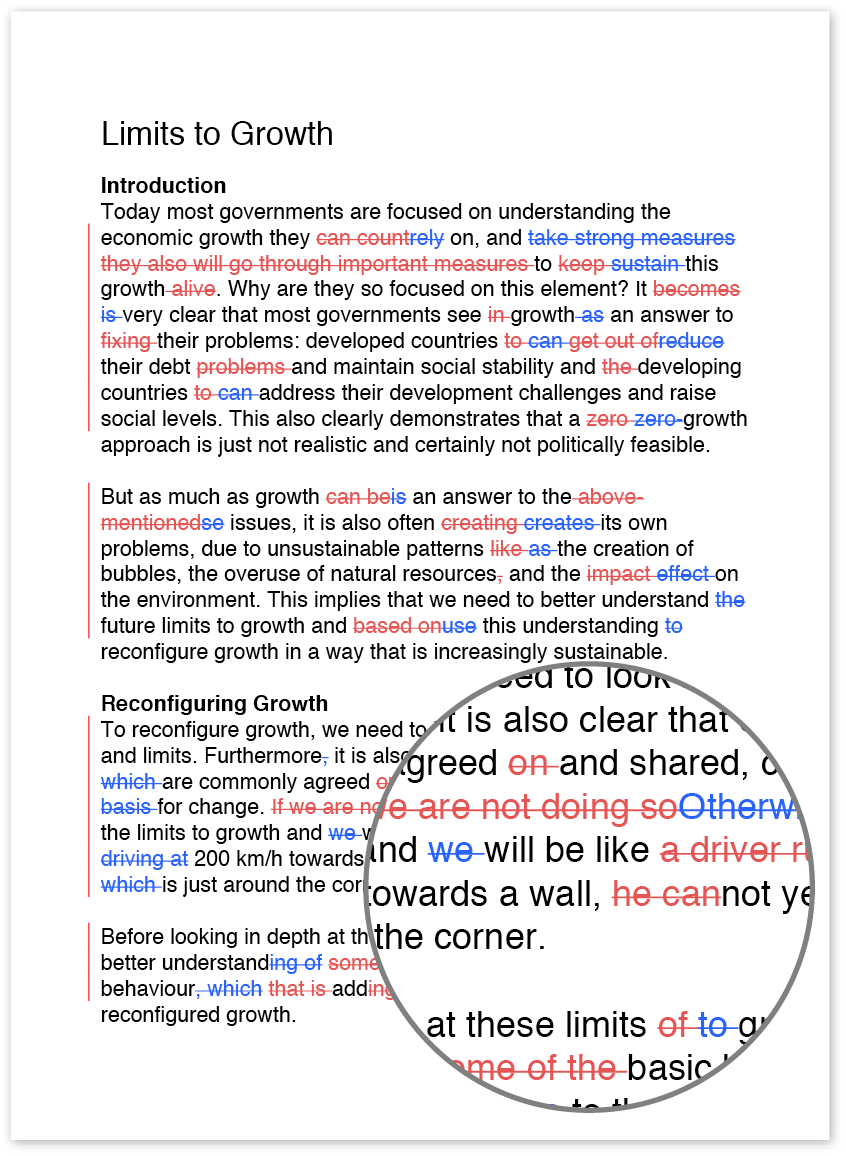Technical writing
Once you’ve completed a research or investigative project, you may think the hard work is over. However, presenting your results accurately, clearly, and concisely while ensuring that your audience actually reads your report can be difficult. Follow the guidelines below when you’re writing a technical report to help make sure all your hard work doesn’t go to waste.
Determine your audience
When you’re writing a technical report, your audience may be experts in the field, academics, or laypeople. If you’re writing for experts in your field, you can present much more detailed and highly technical information than you can if your audience consists of laypeople. If you want experts to take your work seriously but you write for an audience with no general knowledge of your topic, those experts might not view your work as a serious contribution to your field. On the other hand, if you want laypeople to understand the work you’re doing in your field but you write in a highly technical manner (e.g., including acronyms and jargon without explaining those terms), your audience probably won’t make it past the first page of your report. Define your audience and tailor your writing style to their knowledge level.
Format
In general, technical reports follow a specific format. Most technical reports include the following sections:
- Title page—provides the title of the paper, the author’s name, the author’s affiliation (e.g., university or company name), and the date.
- Summary or abstract—briefly provides an overview of the work done and the major findings, conclusions, and recommendations.
- Introduction—provides background information about the topic of the report, a statement of the problem, the project’s objectives, and the work’s relation to other research in the field.
- Body—presents the work done in the project; includes the methodology, results, and a discussion of the results.
- Conclusion—summarizes the findings of the work and presents recommendations for the field and for future work.
- Bibliography/References—provides a listing of all the sources used as reference material in the report.
Tables and figures
Most technical reports include tables and figures. Make sure your graphics are presented at places in the report where they make the most sense, and ensure that they are clear, logical, and easy to understand.
Style guide
If you are required to follow a specific style guide, make sure all your material follows that guide before you submit the report. You don’t want your report to go unpublished or to have to revise it extensively because it doesn’t fit a required format. Likewise, have someone go over your document to ensure that there are no grammatical or spelling mistakes and to give you feedback on whether the information is clear. Finally, double check to make sure all the information provided is accurate and complete.

